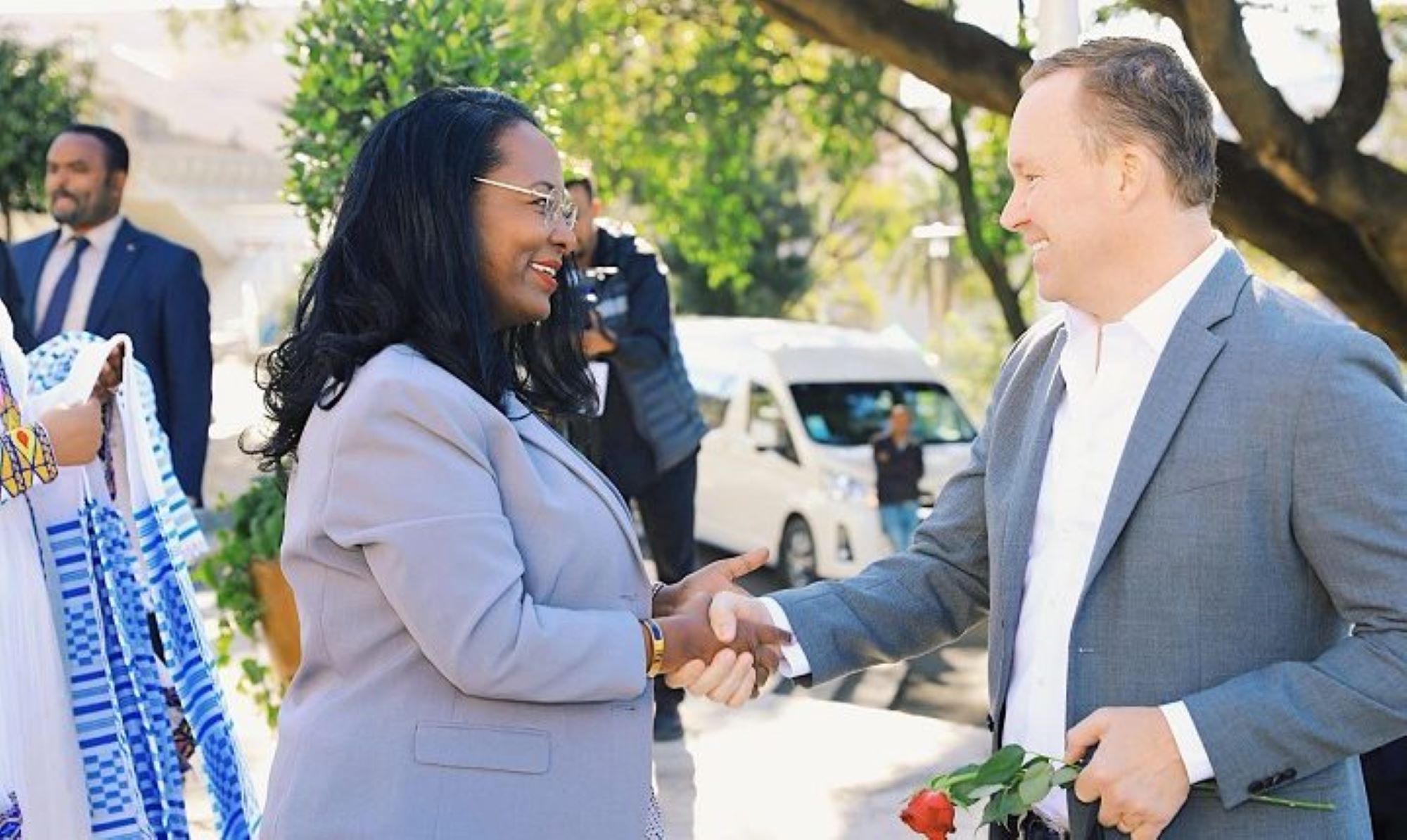IRVINE, Calif. — Rivian Automotive, Inc. (NASDAQ:RIVN) witnessed an approximately 8% drop in after-hours trading on Wednesday after announcing a debt offering. Alongside this, the company also provided a preliminary print of its third-quarter revenue, which fell in line with expectations.
Debt Offering: Rivian, headquartered in Irvine, California, revealed its intention to raise $1.5 billion by issuing green convertible senior notes due in 2030 through a private offering to qualified institutional buyers. The company also plans to grant initial note purchasers the option to acquire up to an additional $225 million worth of notes.
Green notes are designed to secure capital for environmentally friendly and climate-conscious projects, offering incentives such as tax exemptions and credits. Interest on these notes will be payable semi-annually in arrears, and any unredeemed or unconverted notes will mature on October 15, 2030. Rivian has stated that it will have the discretion to settle conversions in cash, Class A shares, or a combination of both.

“The proceeds from this offering will be used by Rivian to finance, refinance, and make direct investments in new or recently completed projects, as well as current and/or future eligible projects adhering to the “Green Bond Principles, 2021,” said the Firm’s management.
Q3 Preliminary Results: Rivian anticipates third-quarter revenue in the range of $1.29 billion to $1.33 billion, aligning with the consensus estimate of $1.3 billion. This marks a significant increase from the year-ago revenue of $551.57 million, attributed to higher deliveries achieved in the third quarter.
Earlier this week, Rivian announced the production of 16,304 EVs and the delivery of 15,564 EVs in the September quarter. The company has also reaffirmed its full-year delivery target of 52,000 units. The official release of the third-quarter results is scheduled for Nov. 7.
In terms of liquidity, Rivian expects its cash, cash equivalents, and short-term investments to stand at $9.1 billion at the close of the September quarter, compared to $10.2 billion at the end of the June quarter. “We believe our existing cash, cash equivalents and short-term investments … will be sufficient to enable us to fund our operations and capital expenditures through 2025,” said the company.
Why It Matters: While the announcement of a capital raise plan typically exerts downward pressure on stock prices, Rivian’s issuance of debt doesn’t involve dilution of equity capital. Nevertheless, maintaining a robust cash reserve is crucial, given the capital-intensive nature of the automobile manufacturing business.
Rivian is part of the new wave of EV manufacturers in the early stages of production ramp-up, where substantial capital investments are required. Even major players like General Motors have faced bankruptcy due to cash shortages.

Chinese EV startup Nio announced a $1 billion convertible senior note offering in late September. Rumors of the company looking to raise $3 billion more also did the rounds in late September, although the company denied the reports.
Tesla boasted of a cash position of about $23.08 billion at the end of the June quarter. Rivian’s peer Lucid had a cash position of $5.3 billion and the luxury of falling back on its Saudi promoters in the eventuality of a cash crunch.
In after-hours trading on Wednesday, Rivian’s stock price declined by 7.77% to $21.85, according to data from Zenger News Pro. So far this year, the stock has gained approximately 28.5% but is still nearly 82% down from its peak hit during its market debut in November 2021.
© 2023 Zenger News.com. Zenger News does not provide investment advice. All rights reserved.
Produced in association with Benzinga
Edited by ISAAC OKOTH NYAMUNGU and Newsdesk Manager
 Westside Story Newspaper – Online The News of The Empire – Sharing the Quest for Excellence
Westside Story Newspaper – Online The News of The Empire – Sharing the Quest for Excellence











